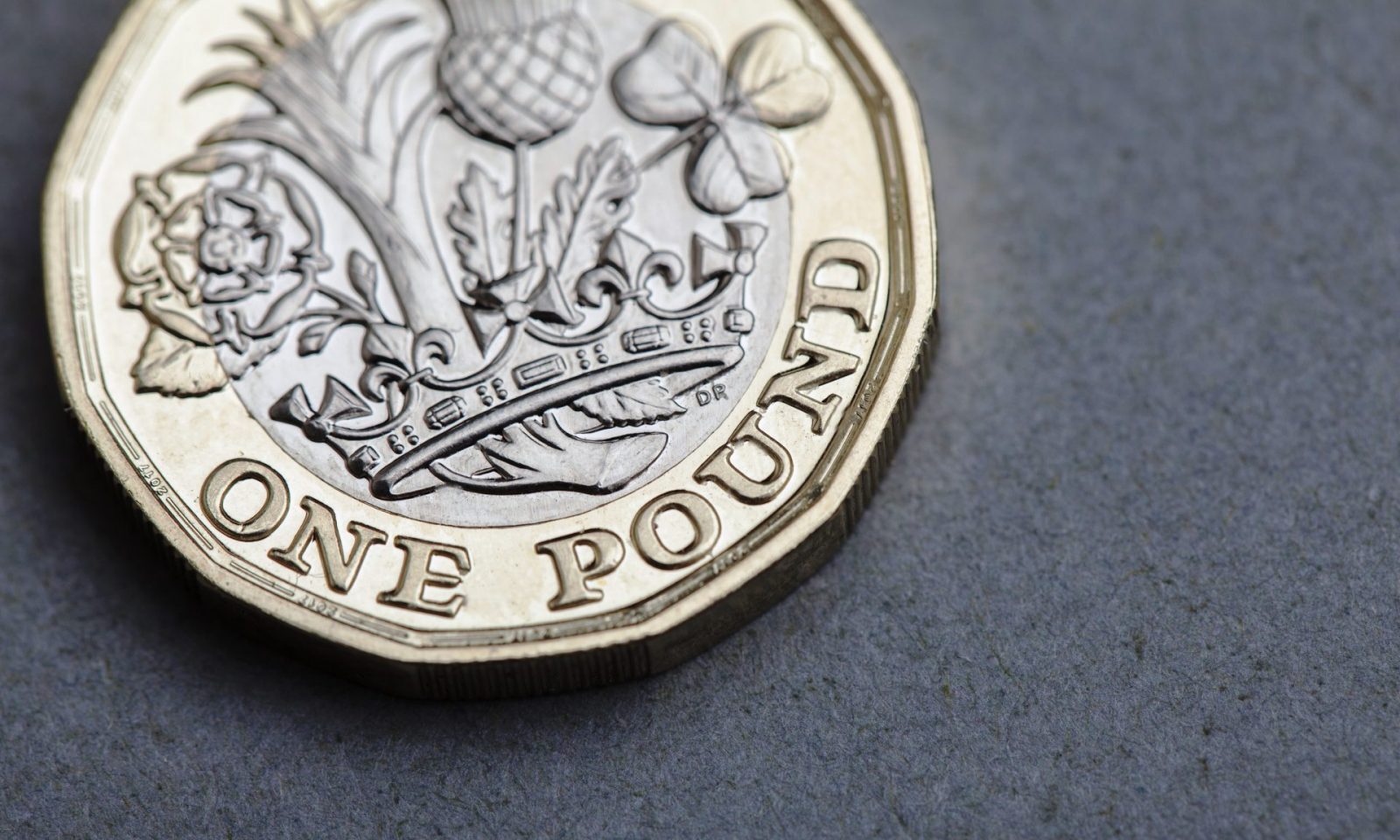
It seems sterling has come out on top this week
In the short few days since Prime Minister Theresa May triggered Article 50 on 29 March we’ve already seen sterling increase and then drop sharply, plus tensions with Spain. There is also speculation that only at the end of the two-year negotiations with the European Union, UK businesses will have clarity.
We’ll be discussing all of this in our post Article 50 webinar for UK businesses tomorrow at 2pm. Don’t forget to register for the webinar!
GBP: sterling remains vulnerable
The British pound sterling was once again vulnerable yesterday. On Monday the manufacturing purchasing managers’ index showed that while the sector was still growing, it had lost some of the momentum from the previous month, which was also revised downwards. Yesterday construction PMI data echoed this trend. The headline number represented the joint slowest rate of growth since September last year.
The up to 20% drop in sterling since the EU referendum has increased the price of raw materials, particularly for those businesses that haven’t sufficiently hedged their foreign currency exposure, and higher inflation has hit consumer spending.
Meanwhile, the Bank of England has voiced its concerns about the rapid increase in consumer borrowing. This is seen as a risk to the UK’s financial stability as consumers could default during an economic downturn.
Today we have the release of the PMI for the UK’s largest sector, services. The services sector accounts for close to 70% of the country’s economic activity. The data is likely to cause more sterling movement especially if it echoes those for construction and manufacturing.
EUR: euro still can’t capitalise on positive economic data
The single currency lacked strength throughout the day yesterday, despite the positive economic readings. Spanish unemployment continued to fall at a steady pace during the month of March. The number of people out of work declined by 48,559. This is a significant improvement because over the past eight years unemployment had risen by over 11,000 on average in March.
It was also announced that Eurozone retail sales had increased at the fastest pace in four months. This is particularly positive given the recent increases in inflation.
What still weighs on the currency is last week’s speculation that markets may have over-interpreted the positive tone by the European Central Bank. Political risks add to uncertainty in Europe. Yesterday French far-right leader Le Pen closed the gap in the polls again. Her opponent Macron is still in the lead though.
USD: Trump to meet President of China
The US trade deficit narrowed more than expected in February as imports were up to a two-year high. This was good news for President Donald Trump as increasing trade with the world is one of his main objectives.
The dollar also pushed up slightly as positive economic data confirmed the steady economic growth in the first quarter of the year.
Trump is due to meet the Chinese President this week in a meeting he has already described as potentially ‘difficult’ due to the huge US trade deficit with China and the undervalued Yuan. Trump vowed during his election campaign that he would label China a currency manipulator on his first day at the Oval Office. While the administration hasn’t dealt with this yet, only last week it was reviewing the scope of its powers to penalise countries whose currencies it perceives as undervalued.
For more on currencies and currency risk management strategies, please get in touch with your Smart Currency Business trader on 020 7898 0500 or your Private Client trader on 020 7898 0541.

 020 7898 0500
020 7898 0500